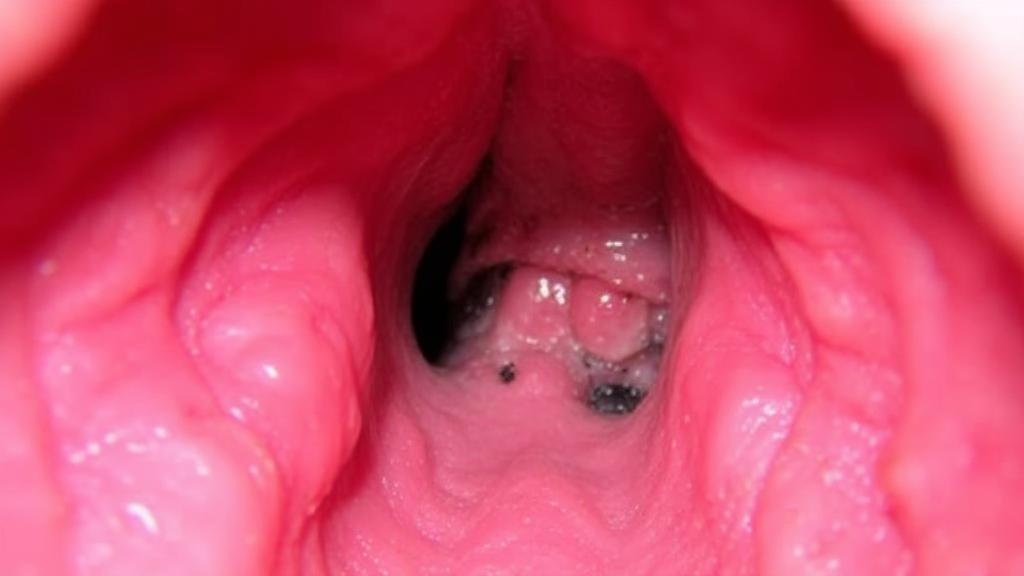Introduction to Nasal Polyps
Nasal polyps are soft, painless, noncancerous growths that develop on the lining of your nasal passages or sinuses. They are often associated with chronic inflammation due to conditions such as asthma, recurring infection, allergies, drug sensitivity, or certain immune disorders. Understanding what nasal polyps look like can help in identifying them early and seeking appropriate treatment.
Physical Characteristics
Nasal polyps typically appear as:
- Teardrop-shaped or grape-like growths
- Pale gray, white, or slightly pink in color
- Soft and jelly-like in texture
- Varying in size from a few millimeters to several centimeters
Common Locations
Primary Sites
- Middle meatus (between middle turbinate and lateral wall)
- Ethmoid sinuses (located between the nose and eyes)
- Maxillary sinuses
- Nasal cavity, where they can obstruct airflow and reduce sense of smell
"The location of nasal polyps can significantly impact breathing and other nasal functions." - American Academy of Otolaryngology
Diagnostic Imaging
Nasal Endoscopy
A thin, flexible tube with a camera allows doctors to visualize polyps directly. During this procedure, physicians can observe:
- Size and extent of polyps
- Color and texture
- Location and attachment points
- Associated inflammation
CT Scanning
CT scans provide detailed cross-sectional images showing:
Symptoms and Signs
While small nasal polyps may not cause any symptoms, larger growths or groups of polyps can lead to:
| Sign | Description | Significance |
|---|---|---|
| Widened nasal bridge | Expansion of nasal bones | Advanced cases |
| Mucus drainage | Clear or cloudy discharge | Active inflammation |
| Tissue edema | Swelling of surrounding areas | Inflammatory response |
Additional symptoms include:
- Loss of smell (anosmia)
- Nasal congestion or stuffiness
- Postnasal drip
- Facial pain or pressure
- Headaches
- Snoring
- Itching around the eyes
Treatment Options
-
Medications:
- Nasal corticosteroids: To reduce inflammation and shrink polyps
- Oral corticosteroids: For more severe cases
- Antihistamines: To manage allergies
- Antibiotics: If a bacterial infection is present
-
Surgery:
- Polypectomy: Removal of polyps using a small suction device or microdebrider
- Endoscopic sinus surgery: To remove polyps and correct issues in the sinuses
Prevention and Management
Regular monitoring and management strategies include:
- Keep a symptom diary
- Take regular photos if visible
- Schedule regular check-ups
- Monitor for changes in size or color
- Using a humidifier to keep nasal passages moist
- Saline nasal sprays or rinses
- Avoiding irritants like tobacco smoke
For more information, visit the Mayo Clinic's comprehensive guide, American Academy of Allergy, Asthma & Immunology, or American Academy of Otolaryngology's guide on nasal polyps.
